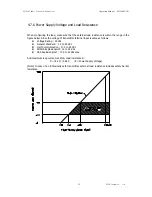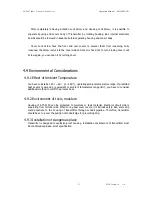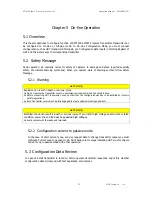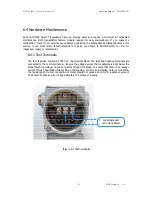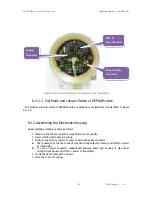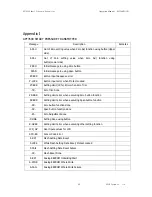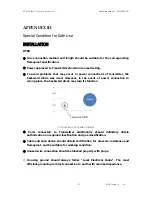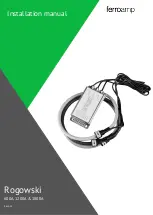
APT3500 Smart Pressure Transmitter
Operation Manual M3500-EO1G
55 DUON System Co., Ltd.
calibration. Smart transmitters operate differently than analog transmitter. A Smart transmitter uses
a microprocessor that contains information about the sensor's specific characteristics in response to
pressure and temperature inputs for calculating Process Variable. The trim and rerange functions
also differ. Reranging sets the transmitter analog output to the selected upper and lower range
points and can be done with or without an applied pressure. Reranging does not change the factory
characterization curve stored in the microprocessor. Sensor trimming requires an accurate pressure
input and adds additional compensation that adjusts the position of the factory characterization
curve to optimize transmitter performance over a specific pressure range. Rerange functions
provides ability to readjust the 4~20mA points sensor inputs.
Figure 5-2. Calibration Environment
Detailed Calibration Procedure is as follows:
1)
In the complete vent mode without pressure approval, check measured value of HHT or PC Configurator.
2)
After approving the pressure to be checked (in general URV) from the pressure source, check measured
value of HHT or PC Configurator and compare it with approved pressure.
3)
After examining measured values, if the error turns out to be offset component execute Zero Trim or Zero
Adjustment, and if slope is changed execute Full Trim. After Trim, check measured values again.
4)
In the same method, check ampere meter in the vent mode and pressure approval mode.
5)
In the event of error to measured values, check out the Transmitter set-up state, such as set-up range (URV,
LRV), Transfer function, and Lowcut.
6)
In the event of error to ampere meter even after checking set-up value, execute DAC Trim. After Trim,
check measured values again.





